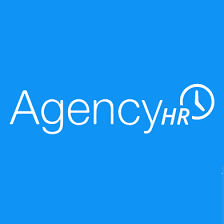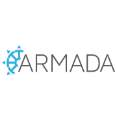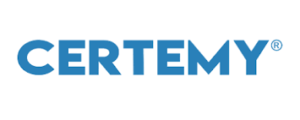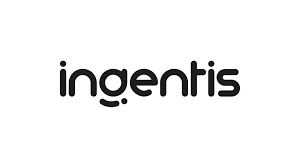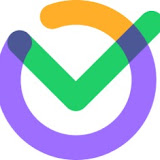Connecteam - Workforce Management Software
Connecteam is an award-winning all-in-one workforce management software. Tailored for the unique demands of non-desk workforce industries such as construction, cleaning, food and beverage, retail, hospitality, healthcare and security. Read more
7shifts
Centralize onboarding, time clocking, compliance, and payroll, saving time and improving data accuracy with a single source of truth. Read more
AgencyHR
The Team Management Suite for Insurance Agencies AgencyHR takes the pain out of managing your team so you can focus on growing your business Read more
Employee Compliance Management
Stay ahead of regulatory compliance with automated license tracking and primary source verification. Trusted by some of the largest US employers to save time, mitigate risk, and improve staff utilization. Read more
Factorial
Elevate your Human Resources with Factorial's HR automation tools, freeing you to focus on people, not paperwork. Read more
Hibob HRIS Software
Say hi to HR that INSPIRESGROWTH We know that when you grow your people, you grow your business. That’s why we created a platform that puts individual employee growth front and center. Read more
MaxelTracker
MaxelTracker is an AI-powered employee monitoring, time tracking, and productivity tracking software designed to help businesses boost efficiency and accountability. Read more



